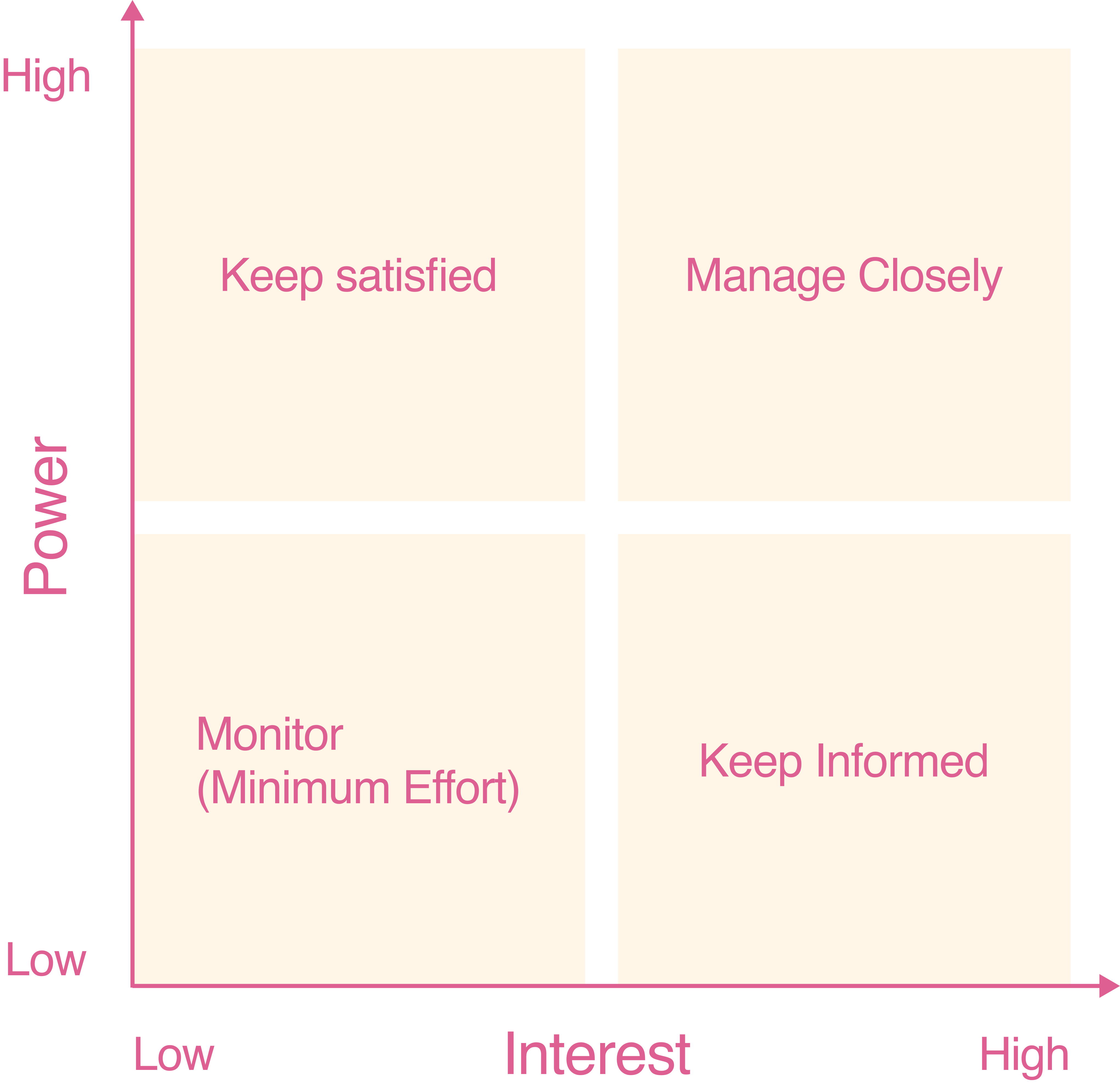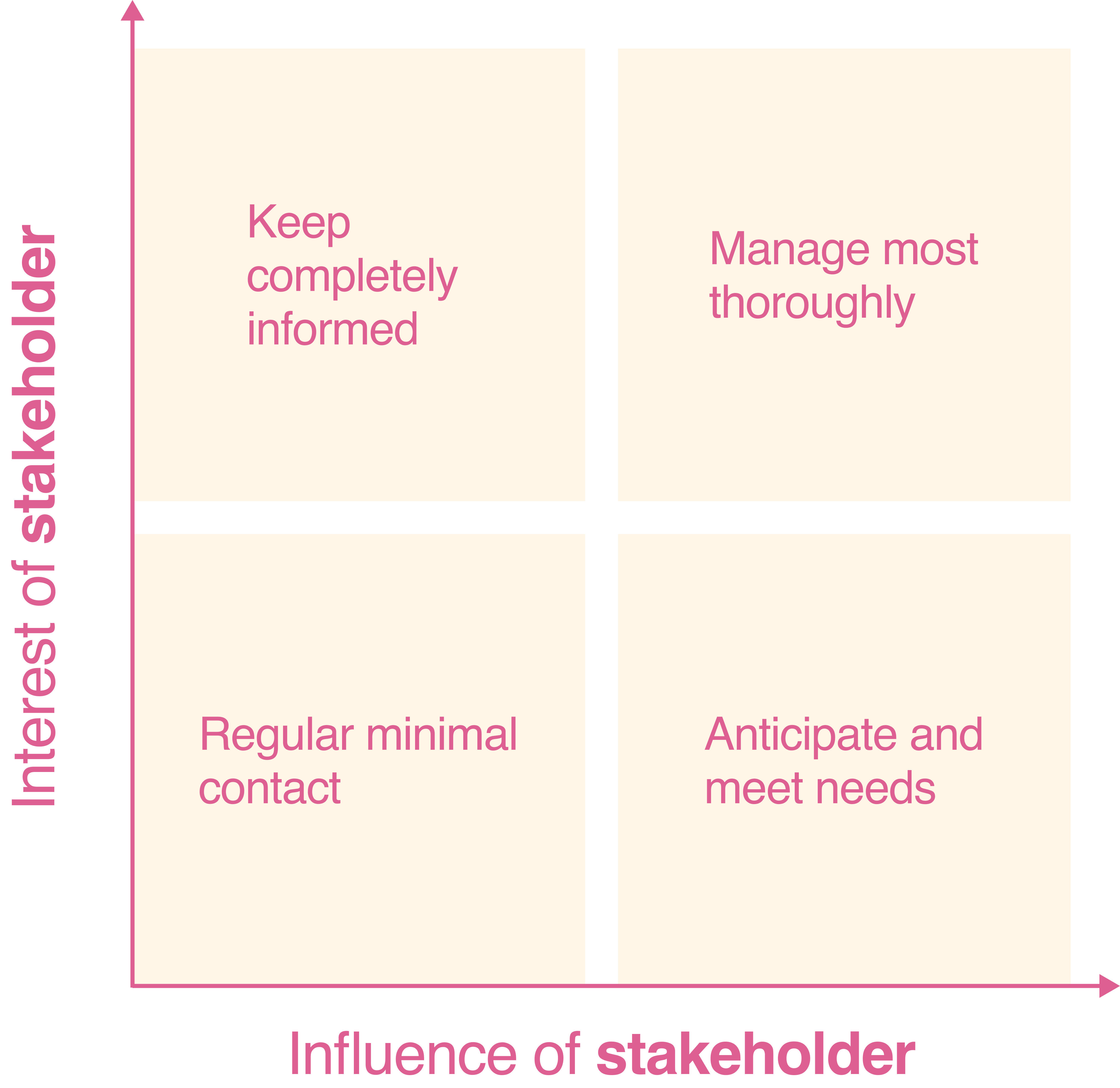Let's start by asking why? Why do we need a project management checklist? Because projects don't have to be as complicated as they may seem 🙂. Maintaining a checklist means, firstly, you don't have to stress your memory every time you need to recollect something, plus you eliminate the chances of missing any important task. That is a good enough reason. A checklist for project management provides a benchmark for project execution and direction. It is an approach that will show what to do in the projects, as organisation is one of the top priorities of a project manager.
Let's have a look at my 10 step plan:
1. Set the Vision
To accomplish this, let's first gather context. This is the getting-to-know-you phase; the more time you invest, the better. Bombard stakeholders with questions. Understand the challenges faced, the current process's background, and the problems the business is facing that they want (you) to solve. Make a list of these problems and prioritize them together with decision-makers. Let's call it the get-shit-done list!
2. Create SMART Goals and Objectives
Once you have gathered sufficient information, formulate short- and long-term goals. Ensure that they are Specific, Measurable, Attainable, Relevant, and Time-bound and align with the company's vision and mission. Pique the stakeholder's interest by putting at least the top 3 goals from the above list in the immediate action plan. Don't all of us like to be heard? :)
3. Identify the Stakeholders
This is the guest list for the party. Put them in categories based on their subject expertise/hierarchy/availability/any other relevant parameter based on the context. This stakeholder analysis graph helps you formulate your communication strategy and establish an escalation mechanism. Articulate and Communicate. People generally like to know the 'what' and 'when.' Sometimes even the 'how.’
Here is a graph I use to categorise stakeholders.

4. Build a Work Breakdown Structure (WBS)
Fondly known as the WBS, this answers the 'what.' Start from the top and divide the work into small sections. A piece of WBS should be such that it can not be broken down further.When this helps you during your Sprint planning or while creating the JIRA board, thank us later.
5. Gather Requirements
Draft the Project Proposal. Don't shy away from mentioning all that you need, the assumptions you bank on, the test and monitoring plan, and the detailed proposed solution. This is an excellent time to say what lies in the scope and an even better time to mention what is out of scope. Remember to articulate the deliverables with their acceptance criteria and the risks, especially the risks. This is the 'how' part.
Enjoying this article? Don't miss out on more exclusive insights and real-life digital product stories at LeadReads. Read by Top C Execs.
Join here.
6. Create a Project Schedule
It's time to prepare the Gantt chart. Answer the 'when' here. Map out the project goals against the calendar while considering the team's availability. Make sure that there are frequent milestones that allow you to exercise control. It's better to fail faster if you are going to.
7. Allocate resources
Now that you have the 'what,' 'when,' and the 'how' figured out, put your team to work. Refer to the list you made while gathering the requirements in Step 5; the Accesses, Infra Setups, initial Documentation, shared team members working on multiple projects and their availability, and any training if needed. Set up the much-needed calendar at this stage to avoid any conflicts. Did you know that 'Resource allocation/availability' is the fourth most common cause of conflicts in any project?
8. Understand Risks and Manage Dependencies
Risks are of two types; Anticipated and Unanticipated Risks. We should plan for the anticipated risks and have a workaround for the unanticipated risks. One should be able to define the anticipated Risks from the background information/context gathered about the project. Also, do contact your fellow Project Managers if they had a similar project and see what risks/obstacles they faced. No point reinventing the wheel.
9. Incorporate a Communications Plan
A communication strategy must be curated separately for every stakeholder/group. Remember we made a stakeholder Analysis graph in step 3? The below graph is built on that.

10. Monitor progress along the way
As cliechèd as it sounds, this is the last but not the least step. Monitoring the progress, calling out dependencies and blockers, and aligning with the SLAs define the project's success. This is rightfully the last step because all the components required to map the progress of the project, like the Gantt and WBS, to name a few, have already been thought of and detailed.
Where to go from here?
This list helps you start your software development projects on the right foot. When you tick off all the items, you know the project will be delivered and also how you will get there as a team. It is important to note that Projects are dynamic in nature and the true strength of the project manager lies in catering to their variability. Use the checklist wisely, be flexible, and, most of all, have fun building the product.
If you've enjoyed reading this article, please share it with a few friends. If you're looking for a team that always delivers, reach out to us at hello@wednesday.is






